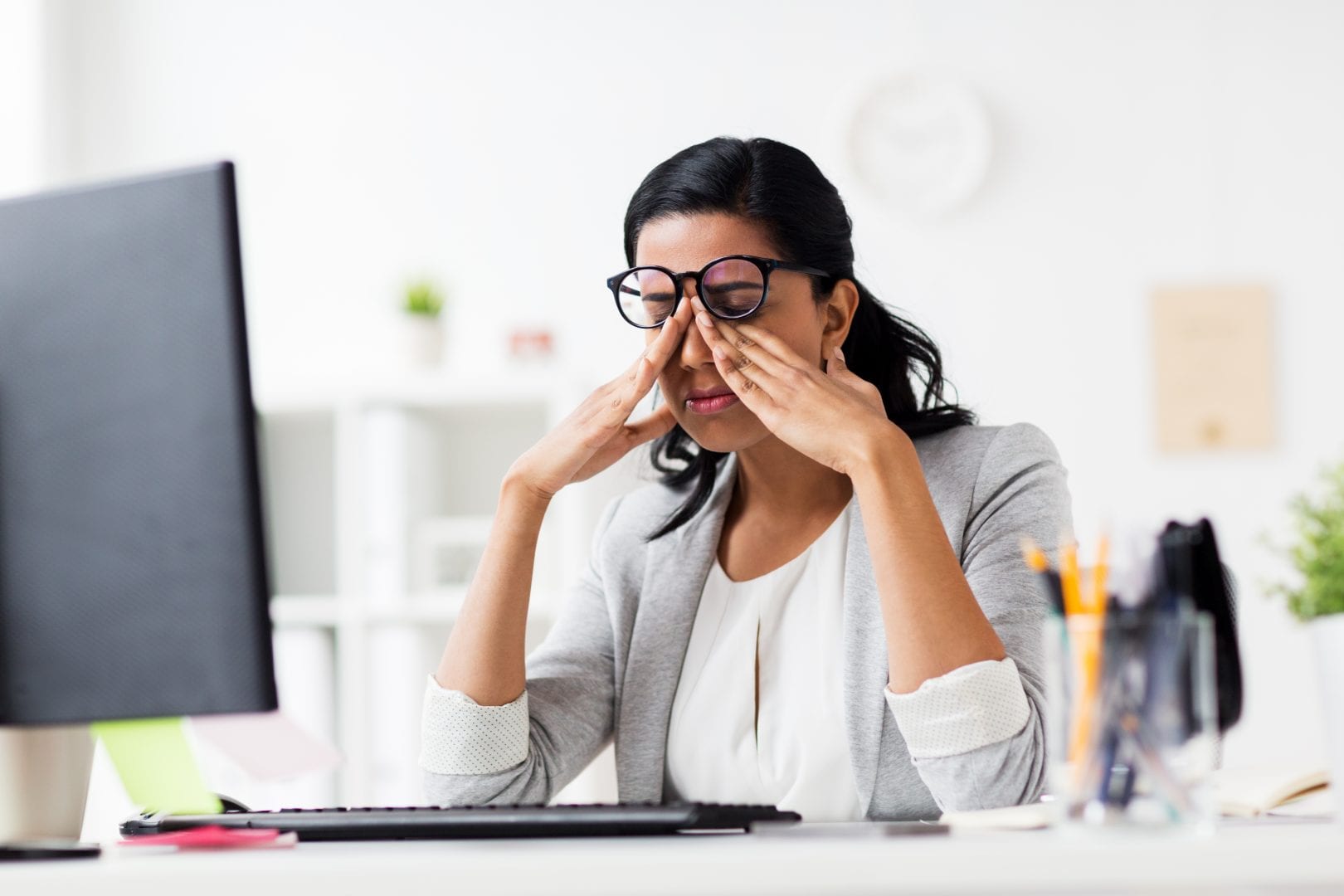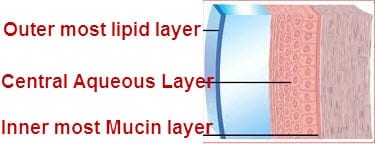
26 Mar Dry Eyes
What causes dry eyes and how can you do something about it?
This is an area of special interest for us, at OpticalRooms, we encounter people daily, in our clinics, suffering with dry eyes. It is now estimated that up to 40% of people experience varying degrees of dry eye. Largely lead by our indoor, tech lifestyles.
For this reason, as part of our normal eye examination we assess everyone for dry eyes. Often patients are unaware of the problem, but with some pointed questioning people can identify difficulties, they have become accustomed to and believe are normal. View some of our recommended treatments HERE
The health and integrity of the front surface of the eye is determined by the volume and quality of the tear film.
Do you feel that you might be suffering from dry eyes?
We offer a Dry Eye Assessment as a special examination and we will endeavor to find a solution for your specific problem. Our aim is to get you to self manage this chronic irritation with the right regime and products.
Would you like to learn more about the possible causes of dry eyes? Read on!
Thin as the tear film is, there are 3 distinct Tear Film Layers identified.
The 3 layers of the tear film:
- The outermost lipid/oil layer is the protective barrier that keeps the teary film in situe
- The largest layer, the aqueous layer, is the watery constituent of the tear film
- The mucin innermost layer, in direct contact to the cornea, is the adhesive bond to the cornea
A deficiency in all, or any, of these layers will cause symptoms of dry eyes e.g tired/burning eyes, scratchy/blurred eyes etc
What is the reason for the huge increase in dry eye in recent times?
The obvious reason is our addiction to computer use, and technology in general. In the past dry eye was frequent in the elderly because their ocular secretions were reducing and lid conditions such as Blepharitis exacerbated the condition. Now young children also suffer from dry eye. Children and teenagers are absorbed in computers, tablets and smart phones, often for hours at a time. In a fast moving game the concentration is so intense, blinking is prohibitive and reserved until a life is lost, or a wipe out results in the computer winning!
At work, being engrossed in a document or project has the same effect. Instructing people to be aware of their blinking is the closest we get to “Mindfulness” training. There are many factors contributing to these situations,e.g. not blinking frequently enough, heat from the screen, radiation, air conditioning etc
Lens companies are bringing peoples attention to the harmful blue light being emitted from electronic screens. They suggest it is causing damage to the retinal cells as well as disrupting the tear film at the front surface of the eye.
What can you do?
There are many simple things you can do to improve your environment and reduce the symptoms of chronic low level dry eyes:
- be aware of your blink rate
- reduce the heat
- turn off any fans
- lessen the uninterrupted time on electronic devices, take short breaks more often
- increase your fluid intake
The good news is, where there are deficiencies and signs of lid disease, OpticalRooms can treat it.
Lid hygiene is advised, this can be basic washing of the eyes and lids daily. We can also provide patients with solutions and lid wipes to aid the cleaning.
Some natural treatments often work well to reinvigorate the glands in the eye lids and to start producing the natural oils and mucin required for a healthy functioning tear film.
Plugs can be inserted into the drainage canal. These work by pooling the tear film and keeping it on site.
Food supplements high in Omega 3 are frequently recommended as a proven benefit in the treatment of dry eye.
We have had numerous patients delighted with the results of the EyeBag.
What about eye drops? Won’t they help?
This is, perhaps, the most confusing of all the solutions offered for the treatment of Dry Eyes. The array of differing eye drops on the market is daunting. The marketing material will often do little to enlighten you. Using an eye drop that is unrelated to what’s causing your dry eye is ineffective, i.e. if you have copious amount of tear (aqueous) and you are using an aqueous lubricant you will achieve very little effect.
Simply put:
- Dry eyes resulting from excessive tear evaporation necessitates a lipid or oil based drop
- Dry eyes due to insufficient tear quantity, requires an aqueous replenishing eye drop
- Dry eyes as a result of an unstable tear film not adhering to the cornea requires a mucous deficient eye drop
Some eye drops have single purpose use while other have dual combination effects.
Medicated eye drops where there is an active pharmacological effect are retained for the more severe cases and where a more immediate response is necessary. Generally, when the cornea starts to experience surface damage due to the dryness, only then will the patients complain about painful eyes. Dry eye for the masses is uncomfortable, irritating, restrictive and chronic, yes, but painful, no. Steroidal eye drops are used to quickly reverse a painful and damaged eye.
Is surgery an option?
The last resort is a surgical procedure, where a physical dysfunction or abnormality is identified and topical eye drop treatment offers no solution.
If you would like an assessment please call us on 01 808 9013 or Book your Appointment online.
